It is part of a broader effort by Washington to restart production of critical minerals used in weapons manufacturing and the energy transition.
US output lags market leader China, in part due to volatile commodity prices. Jervois Global last year announced it was suspending construction on a cobalt project in Idaho due to low market prices. Meanwhile, Chinese cobalt miners, backed by government funding, have said they will ramp up production of the battery metal to gain a larger market share.
Traditionally, metal prices are determined by futures markets, which set prices and reflect the prices buyers are willing to pay and sellers are willing to accept using supply, demand and other factors.
As a result, the AI algorithm that Washington plans to use to estimate the price of a particular metal could create noise in the market, two unnamed sources told Reuters.
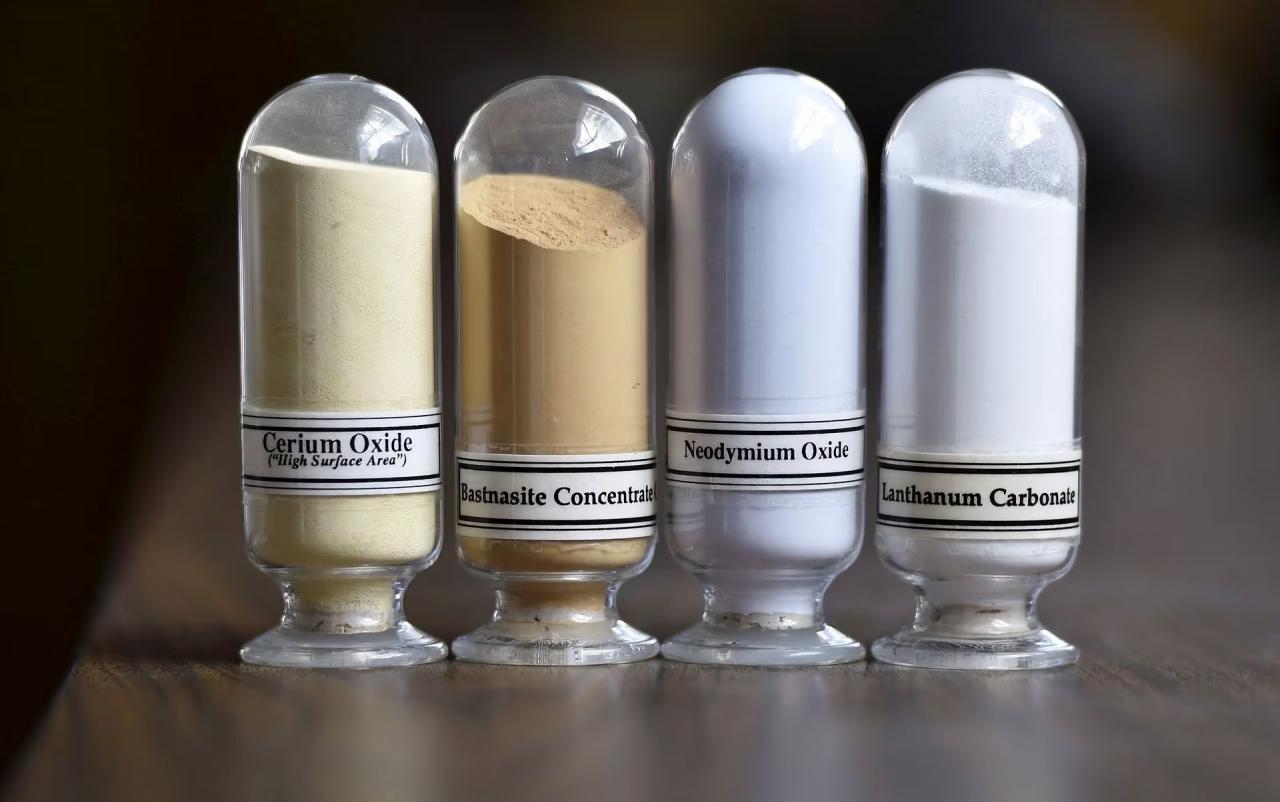
The Pentagon's Open Price Exploration for National Security (OPEN) project is run by the Defense Advanced Research Projects Agency (DARPA), which was established in 1957 and helped respond to the Soviet Union's launch of Sputnik 1, helping develop the Internet as well as an mRNA vaccine for Covid-19.
Under the program, DARPA and the U.S. Geological Survey plan to hire private contractors to develop AI models that can build a “price structure” for the metal based on where and when it is produced, as well as labor, supply, and other costs.
OPEN was created to enhance price transparency for government agencies and commercial organizations, while also offsetting risks that the United States believes the futures market and pricing authorities pose to national security.
The Pentagon believes that goods purchases negotiated using “opaque and flawed pricing data” pose “significant barriers to US commercial competitiveness.”
DARPA says its efforts are aimed at “removing market opacity that can cause supply chain disruptions,” and the data will be used by government agencies and commercial organizations. “The OPEN program is fundamentally about transparency,” a DARPA spokesperson said.
The Pentagon effort is not intended to set official U.S. government prices for metals or replace the London Metal Exchange (LME) and other futures markets, the sources said.
However, the unusual movement of the LME's 2022 nickel price has been cited as one of the "endogenous market dynamics and anti-competitive behaviours that could make the futures market a flawed source of price information".
Financial information firm S&P Global and defense contractor Lockheed Martin are among the companies that have signed up to participate in the project, Reuters reported. The AI model will be rolled out in three phases over two years, according to the documents.
OPEN also aims to predict how supply might be affected by unexpected market shocks such as strikes, although contractors have been asked not to predict natural disasters or other specific market events.
Market analysts typically estimate that about 5% of global metals production could be disrupted each year by such sudden shocks.
“Revolutionizing” pricing
DARPA describes the goal of the OPEN program as “revolutionizing the development and dissemination of price, supply, and demand predictions and forecasts across critical materials markets.”
Predicting fluctuations and calculating the right price for metals can help the U.S. military develop a formula for timing purchases for the national stockpile. The Pentagon, for example, plans to buy 1,300 tons of lanthanum, which is used in steel alloys, this year. But lanthanum, one of 17 rare earths, is not traded on futures exchanges, and China’s control of the sector makes it difficult to determine whether lanthanum’s price reflects market fundamentals.
The spike in coal prices in 2021, which pushed up the price of magnesium by 200%, is also an example of what the Pentagon document calls “an opaque supply chain for critical materials.” Magnesium can be produced alongside coal and used to make missiles and other weapons.
The current market structure has been in place for hundreds of years. Most metals are sold on long-term contracts. Prices on exchanges like the LME are often lower than in the physical market, where buyers typically pay a premium that is built into the overall cost of shipping, insurance and import duties.
Some lithium, rare earth and graphite miners have begun charging higher prices for metals produced outside China, but those terms are negotiated by contract and are not affected by any government pricing scheme.
(According to Reuters)

Source


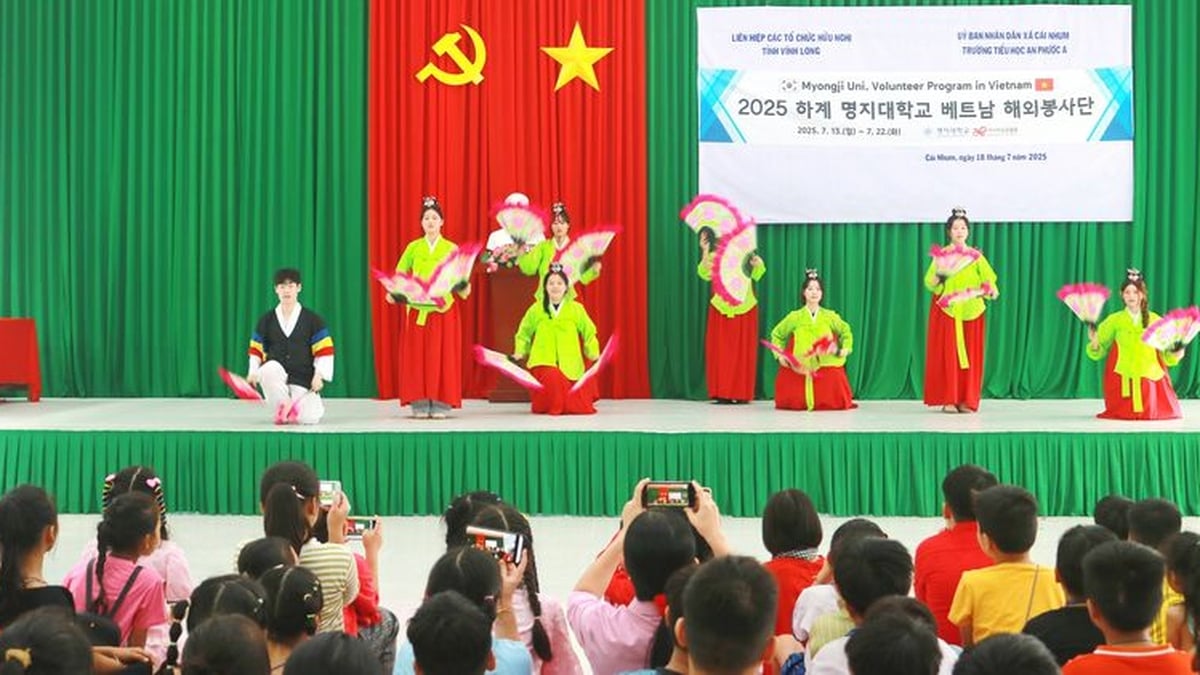

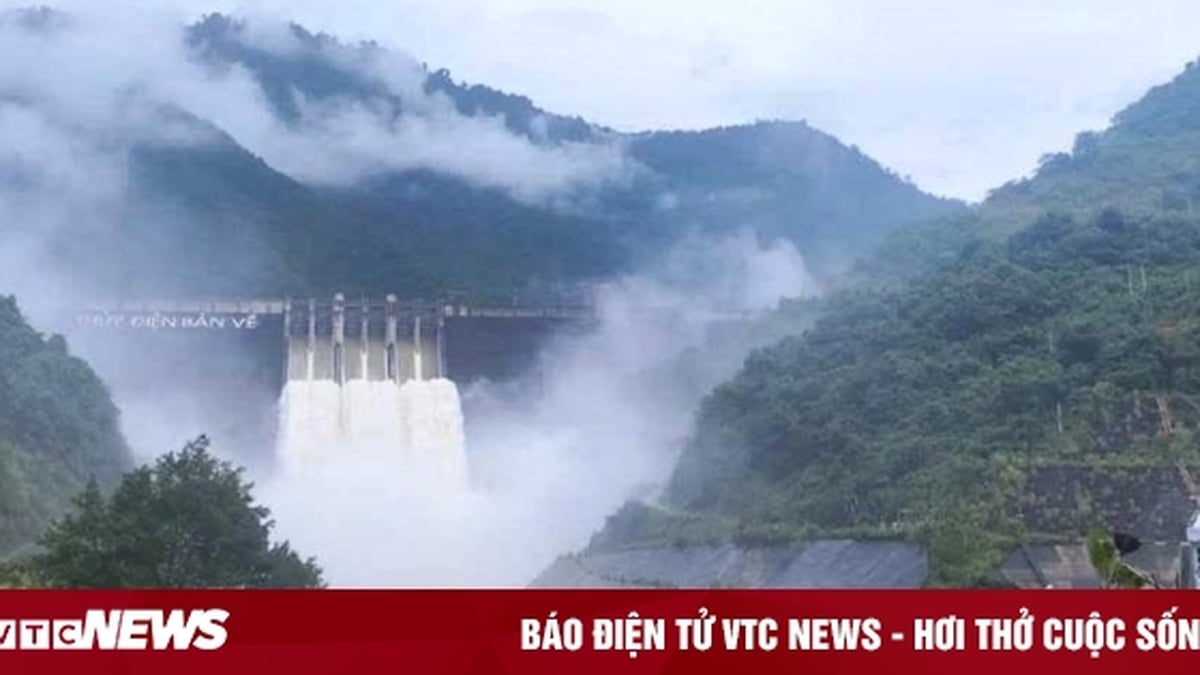


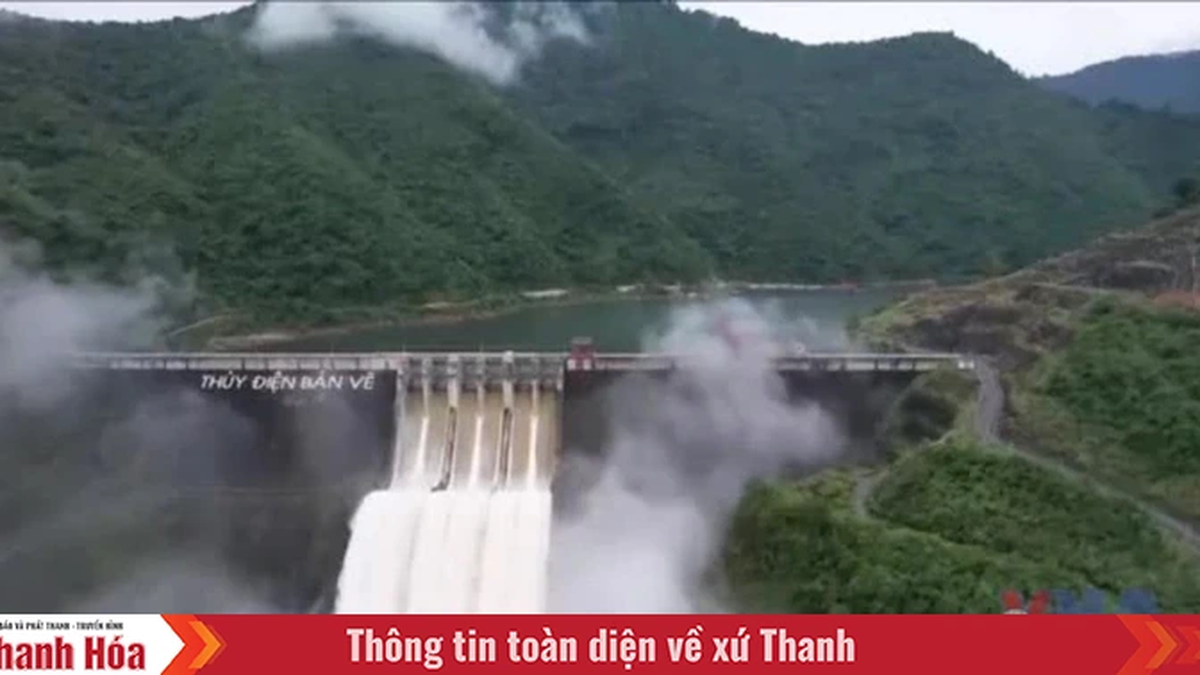


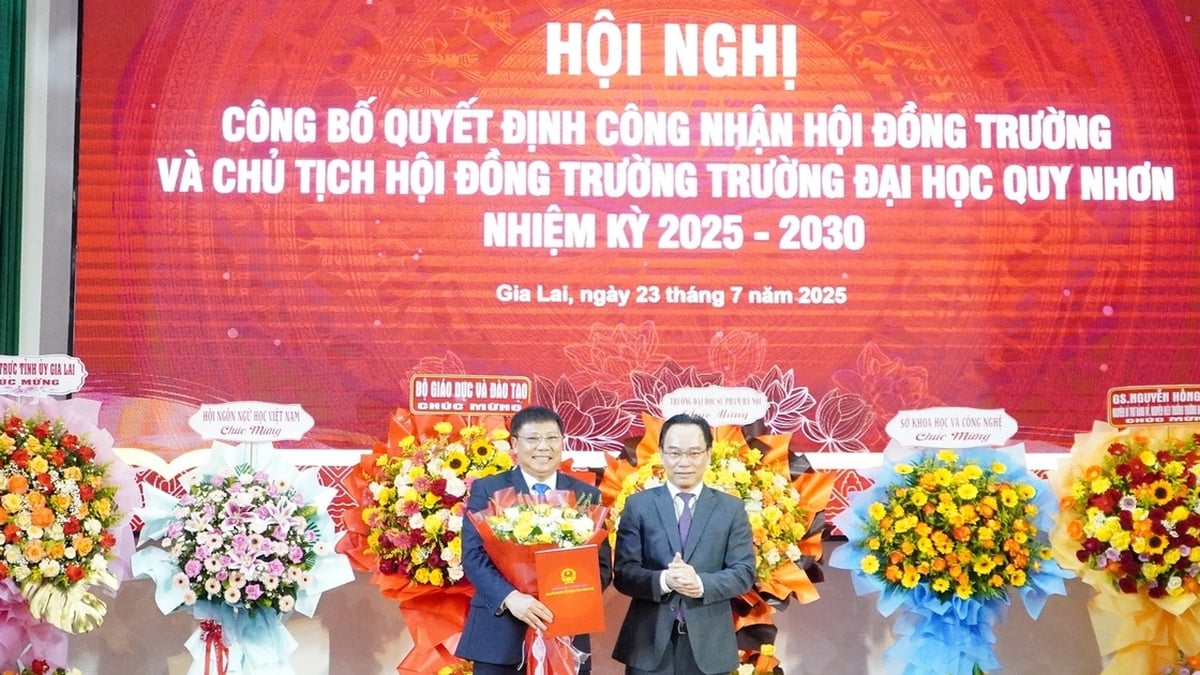























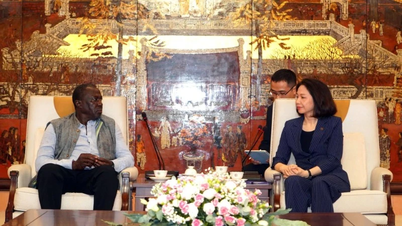



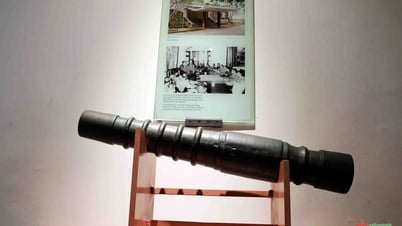

















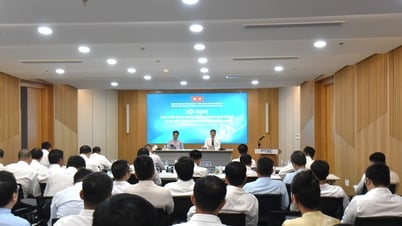












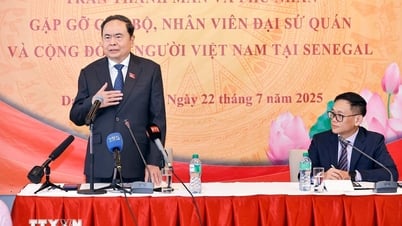
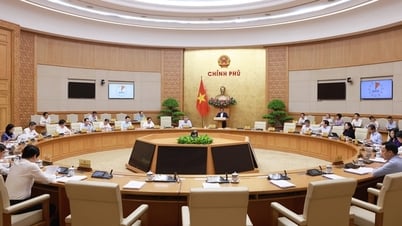



























Comment (0)